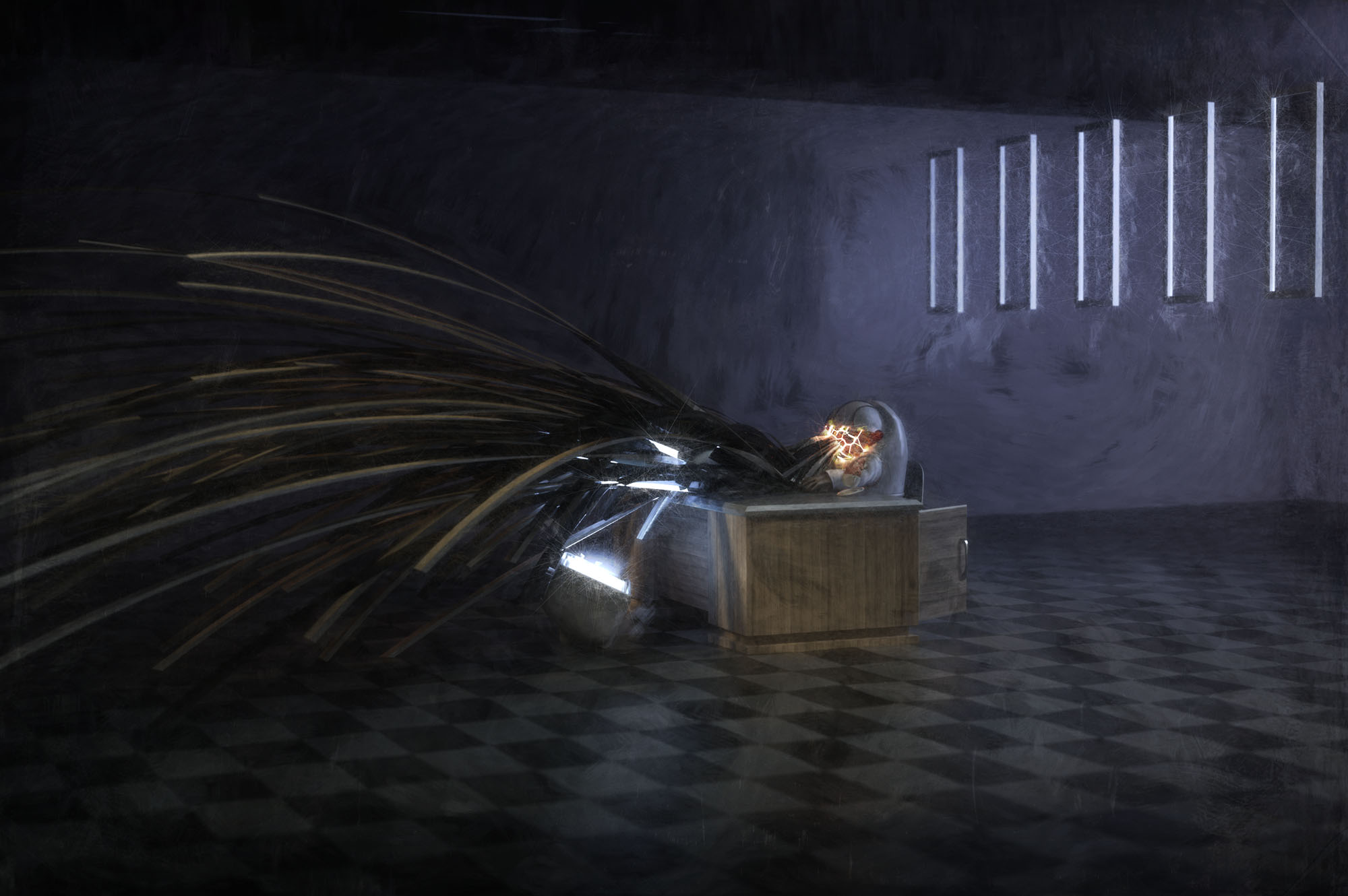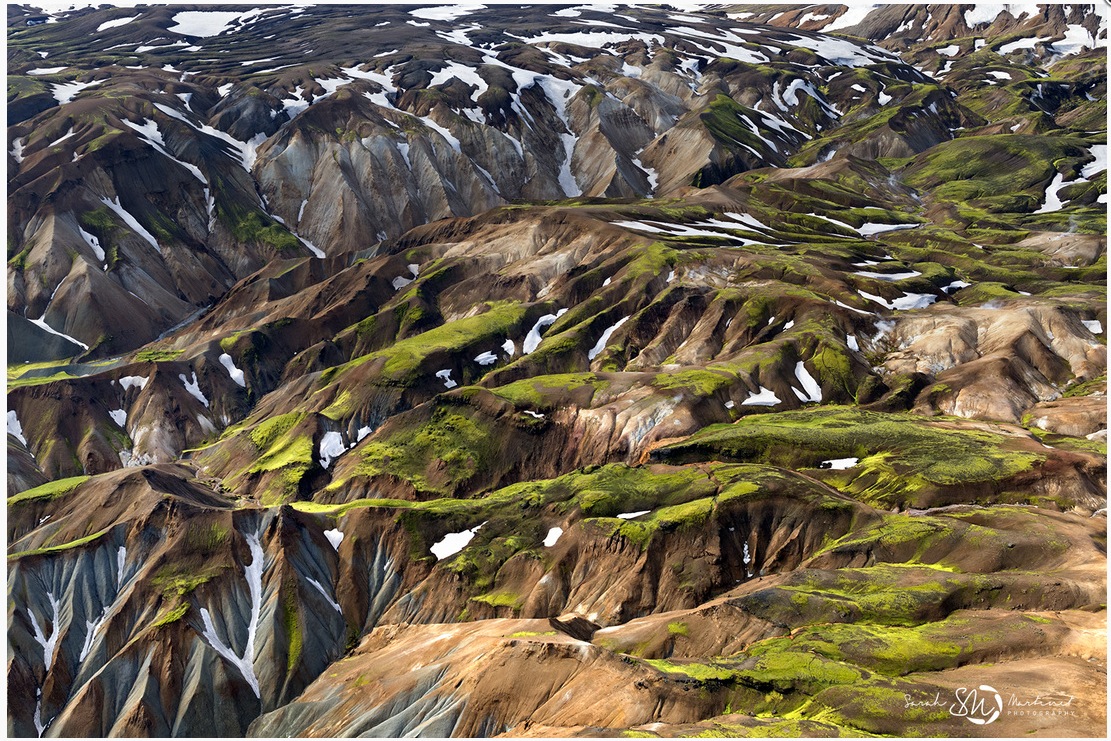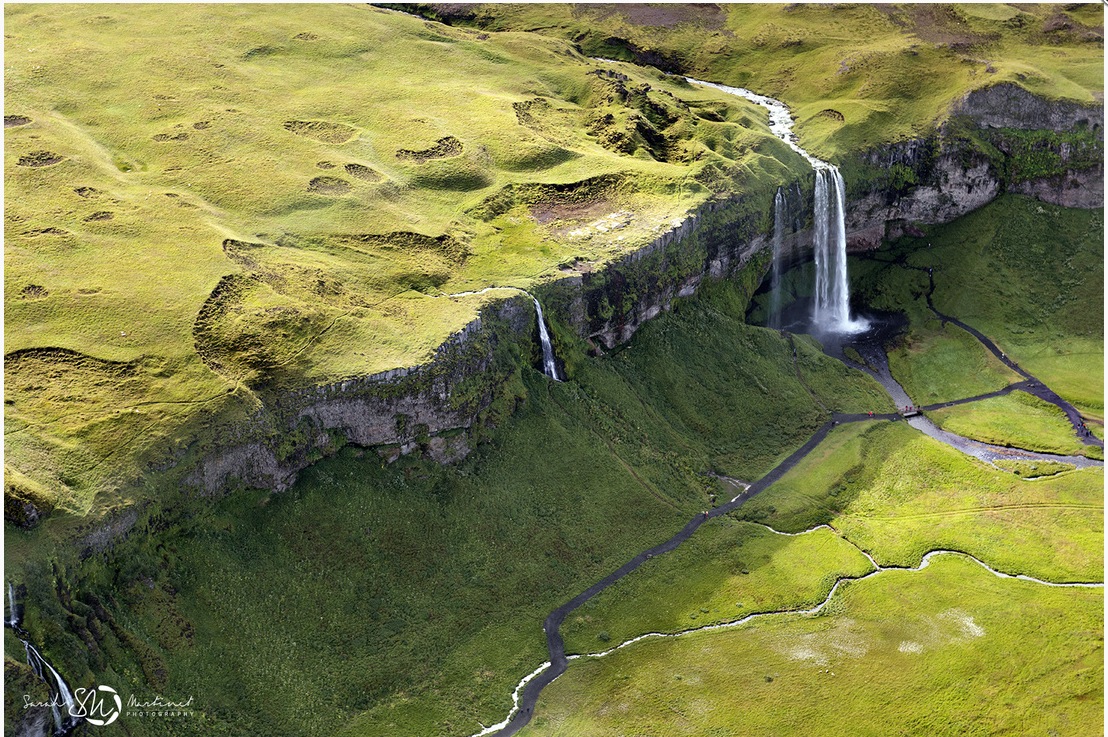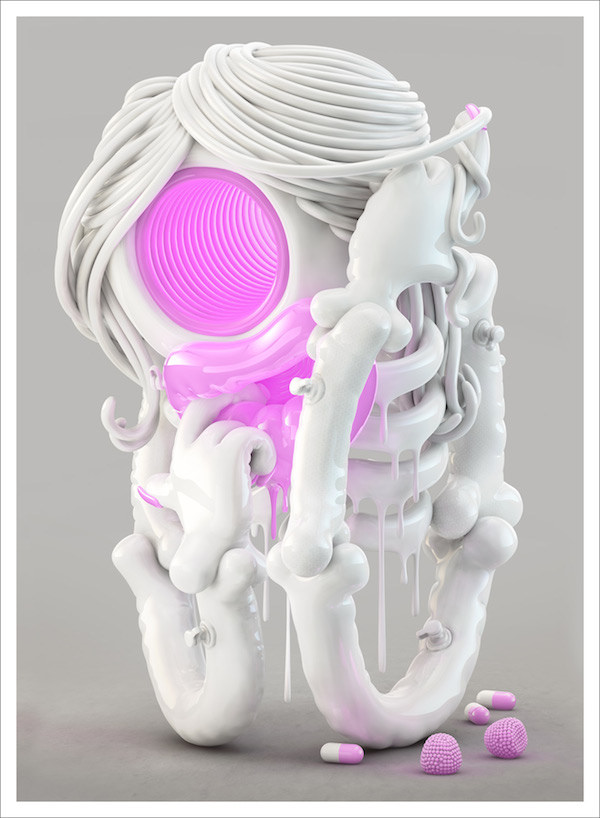"Top Layer/Skin Surface - This is pretty flat/desaturated. It's basically just the cells of your skin, most of which are dead. Although I would think this map would be colored a bit if the character/model had some darker pigmentation based on race etc. Perhaps moles/liver spots, tattoos, make up etc.
2nd Layer - This is just below the skin. Sort of a more saturated version of the surface/skin map. There is blood and active alive tissue, but for the most part, is just "more layers of skin". Perhaps moles/liver spots, tattoos etc.
3rd layer - This is where most of the color comes from. Fat, blood, muscle, connective tissues etc. This map is generally very contrasty and saturated. Really think about what elements would be contained at this level - reds and blues for veins and vessels, pinks for muscle, connective tissue - pale yellowish whites for connective tissue/tendon, darker brownish yellows etc for fat, lighter desaturated white/yellows for bone etc.
4th Layer - Backscatter map - this map is more or less a mask, dictatiing where and how light will pass through the skin material, on thinner areas like the ears, as well as the general darker, reddish coloring.
Spec/Gloss 01 - General spec/oil.
SPec/Gloss 02 - Extra shiny/wet areas, on top of the oil layer, like lips, around eyes, maybe on nose or forehead"

























